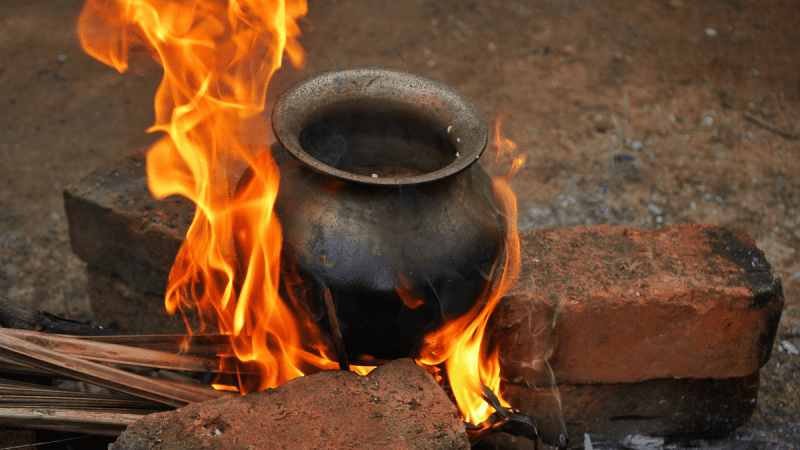April 14th marks a vibrant celebration in the Mithila region of India and parts of Nepal – Jur Sital, the Maithili New Year. This joyous festival signifies not just the start of a new year but also a welcome respite from the scorching summer heat and a time to honour the land’s bounty.
Jur Sital
Jur Sital means ‘freezing cold.” reflecting the pleasant shift in weather as the monsoon approaches. Lush green fields emerge, symbolizing a renewed agricultural cycle for the Maithili people, who are primarily farmers. The festivities kick off with Satuani, a traditional harvest festival celebrating the recently reaped rabi crop.
But Jur Sital isn’t just about food and rest. The day is filled with vibrant celebrations. People take to the streets, indulging in the playful tradition of flying kites, a symbol of soaring hopes and aspirations for the New Year. A unique twist on Holi emerges, with participants playfully throwing coloured silt from water bodies at each other, adding a touch of coolness to the festivities. Additionally, the joyous sounds of splashing water fill the air, a refreshing way to combat the lingering summer heat.
Also Read: From Sarson Ka Saag To Kesar Phirni, 6 Traditional Dishes For Your Baisakhi Celebration
Honoring The Chulha Maharani
On Jur Sital itself, the kitchens remain closed. The leftover food prepared on Satuani, known as basiya khaana (stale food), becomes the star of the day. This practice not only honours the chulha maharani but also embodies the spirit of simplicity and a break from routine.
The culinary traditions of Jur Sital are truly unique. On the eve of Jur Sital, known as Satuani, women take center stage. Homes reverberate with the sounds of them meticulously preparing a special feast for the next day. This elaborate spread features dishes like kadhi-badi-bhaat (a flavorful lentil stew with dumplings and rice) and classic Mithila fare like tarua (fried colocasia), timan (bitter gourd), tarkari (vegetables), and tilkor (sesame seed laddoos). But here’s the fascinating twist – after this culinary masterpiece is complete, it’s time for the chulha maharani (stove goddess) to take a well-deserved break. The chulha is meticulously cleaned and worshipped, a sign of respect for the tireless service it provides throughout the year.
Also Read: From Bihar To Gujarat, 8 Khichdis From Different Indian States You Must Try
Jur Sital is more than just a new year; it’s a celebration of community, culture, and the land. It’s a time to express gratitude for the harvest, acknowledge the importance of rest, and usher in a season of hope and renewal.
Cover Image Credit: Canva
For more such snackable content, interesting discoveries and the latest updates on food, travel and experiences in your city, download the Curly Tales App. Download HERE.
